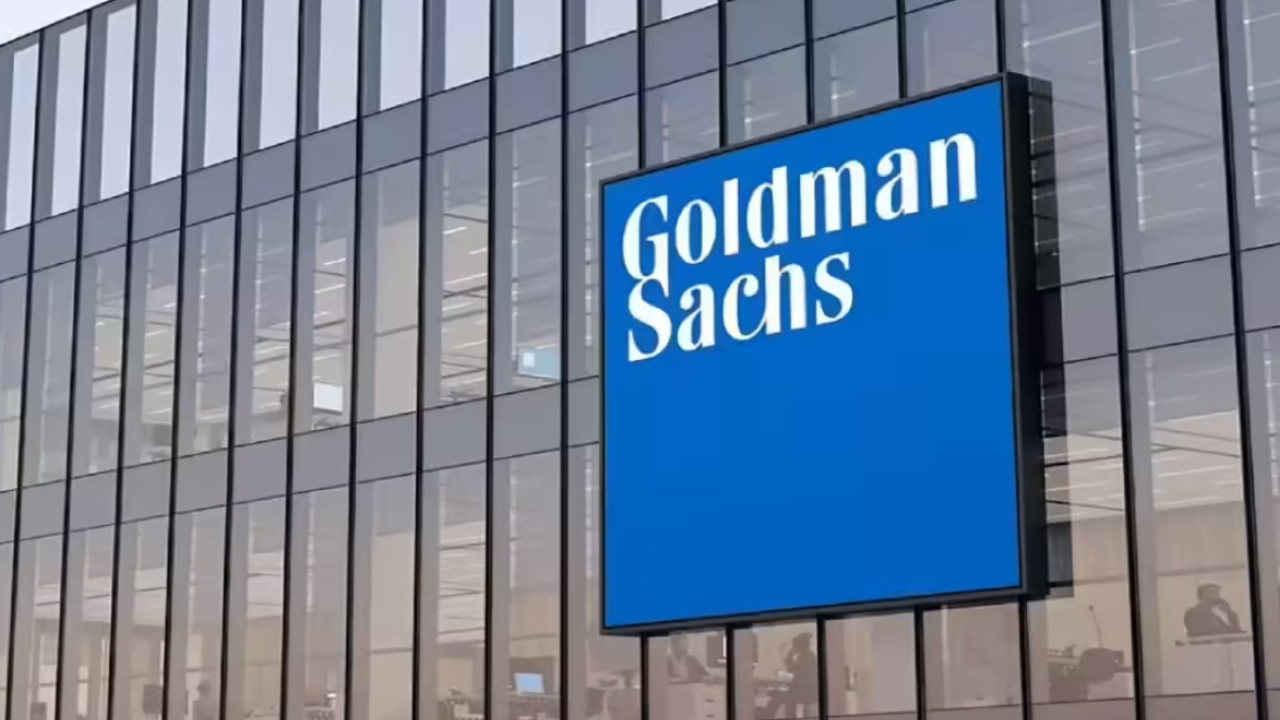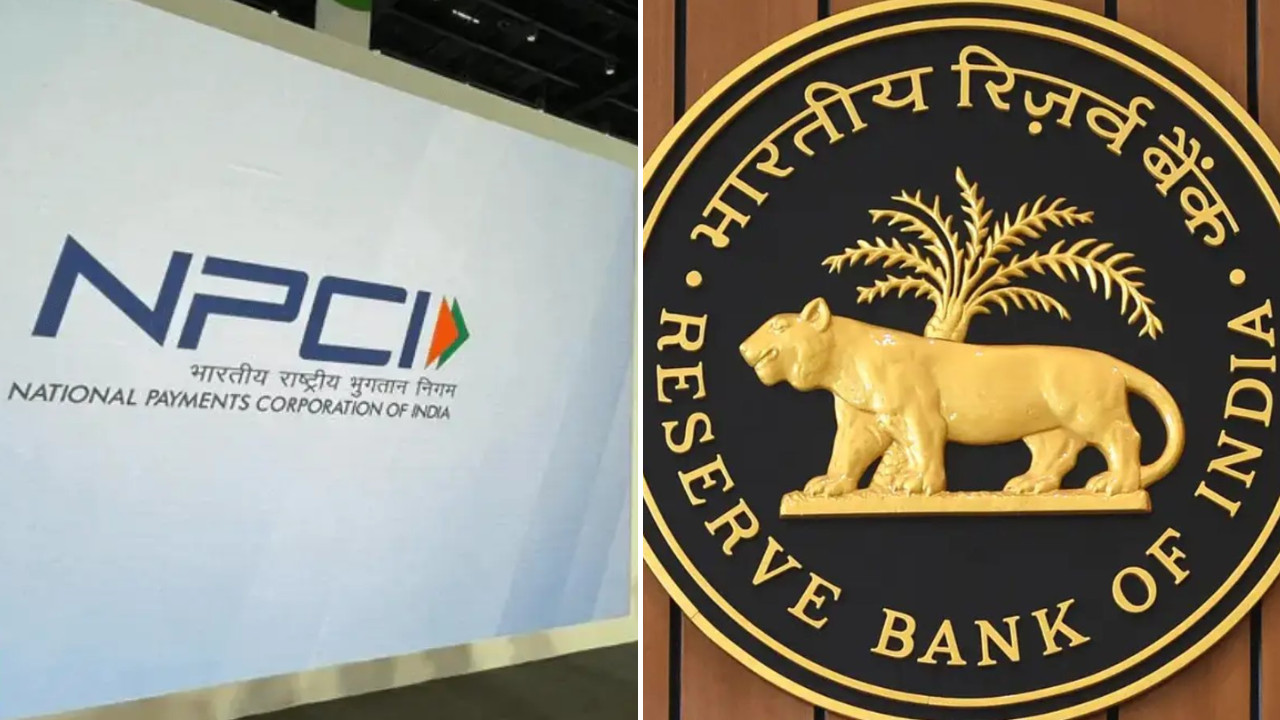Goldman Sachs reported a significant 20% surge in net profit for the second quarter of 2025, reaching $3.5 billion, fueled by strong performances in financial advisory and equities trading. Total revenue climbed 15% to $14.6 billion, surpassing analyst expectations. Increased dealmaking activity followed Donald Trump’s election, boosting investment banking prospects despite ongoing trade uncertainties.
Goldman Sachs’ Golden Quarter: A Deep Dive into Q2’s Surprising Surge
Wall Street’s titan, Goldman Sachs, just dropped a bombshell of a Q2 earnings report, and it’s got everyone talking. Forget whispers of economic slowdown; this giant just roared. Profit jumped a stunning 20% to $3.5 billion. Revenue climbed 15% to reach a cool $14.6 billion. This isn’t just a good quarter; it’s a testament to strategic agility and a bit of luck thrown in for good measure. What’s driving this unexpected upswing? Let’s break it down.
The M&A Market Awakens
Remember the chill that ran through the mergers and acquisitions world last year? Deals were frozen, and uncertainty reigned. Well, Goldman Sachs seems to have played the thawing of that market perfectly. A significant portion of their profit surge can be attributed to a revitalized advisory business. Companies are once again looking to expand, merge, and acquire, and Goldman Sachs is right there, orchestrating the moves and reaping the rewards. They have expertly navigated the complexities of dealmaking in the current economic landscape, securing lucrative advisory roles in high-profile transactions.
Equity Trading’s Unexpected Boost
Another key element in Goldman Sachs’ impressive Q2 performance was the robust performance of its equities trading division. While many predicted a slowdown, the bank saw a surge in activity, driven partly by increased client engagement and a canny ability to capitalize on market volatility. They didn’t just passively observe the market; they actively participated, leveraging their expertise to identify opportunities and execute trades that delivered significant returns. The bank’s traders seemed to have a knack for anticipating market shifts, positioning themselves to profit from both rising and falling prices.

Beyond the Headlines: What This Means for the Future
So, what does all this mean for the broader economy and the future of Goldman Sachs? The bank’s strong Q2 results could signal a renewed confidence in the market, potentially encouraging other businesses to invest and grow. It’s a ripple effect: Goldman’s success translates to optimism for the entire financial ecosystem.
Internally, this win provides a much-needed morale boost following recent restructuring efforts and workforce reductions. It validates the changes implemented and proves the resilience of the firm’s core business model. It also gives Goldman Sachs increased flexibility to invest in new technologies and initiatives, further solidifying its position as a leader in the financial industry. Considering the evolving landscape and the rise of fintech companies, this strategic investment is more critical than ever.
A Word of Caution: Navigating the Uncertainties
Of course, no success story is without its caveats. The global economic outlook remains uncertain, with ongoing concerns about inflation, interest rates, and geopolitical tensions. These factors could easily dampen market enthusiasm and impact Goldman Sachs’ future performance.
While the M&A market has shown signs of recovery, it’s still vulnerable to shifts in investor sentiment and macroeconomic headwinds. Similarly, the equities trading business can be highly volatile, with performance heavily dependent on market conditions. Goldman Sachs must remain vigilant and adapt its strategies to navigate these uncertainties effectively. Their risk management protocols will be key to maintaining stability and avoiding potential pitfalls.
The Consumer Banking Conundrum
Goldman Sachs has been actively expanding its consumer banking operations, aiming to diversify its revenue streams and tap into a new market segment. However, this venture hasn’t been without its challenges. The bank has faced criticism for its execution in this area and is now reevaluating its approach. It will be interesting to see how they fine-tune their strategy in the coming quarters and whether they can successfully establish a strong foothold in the competitive consumer banking space. It is important to note that their previous ventures into these markets did not yield similar success.
(Internal link to an article about Goldman Sach’s Fintech strategies).
Ultimately, Goldman Sachs’ Q2 earnings demonstrate the firm’s ability to capitalize on market opportunities and deliver strong results despite economic uncertainties. The advisory business resurgence and robust equity trading performance were key drivers of this success. While challenges remain, the bank’s strategic agility and adaptability position it well for continued growth and leadership in the financial industry. The long-term picture depends on skillfully navigating a complex and constantly evolving global landscape. The golden quarter might just be the beginning of a brighter chapter.







